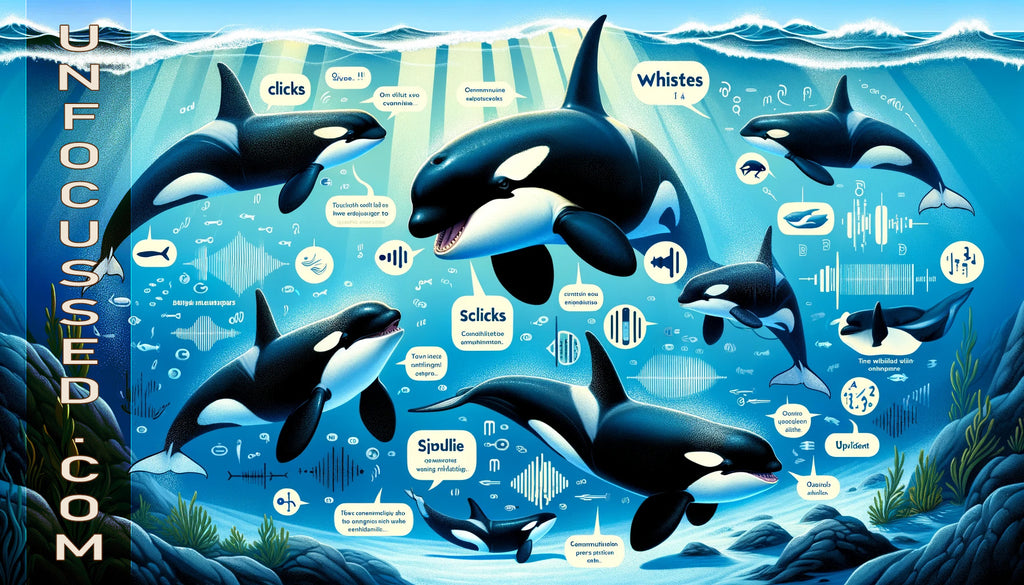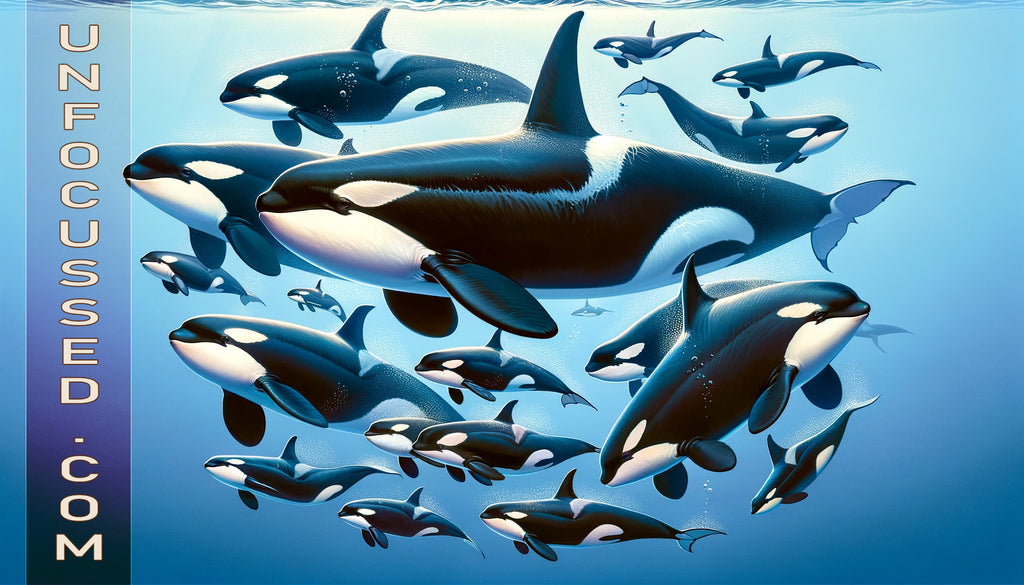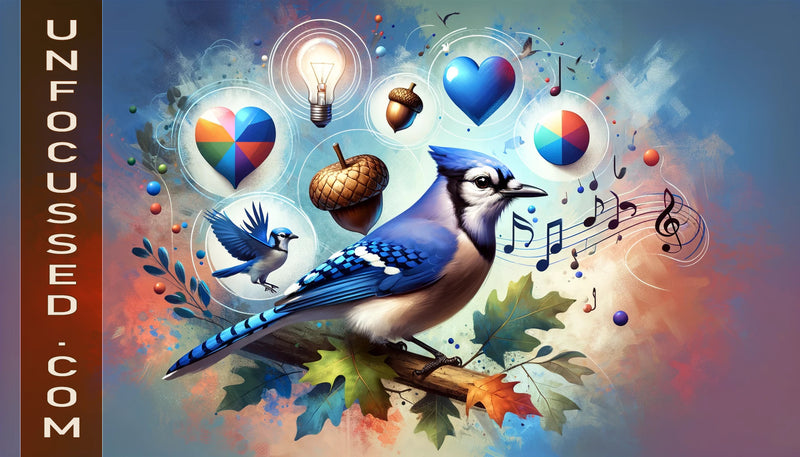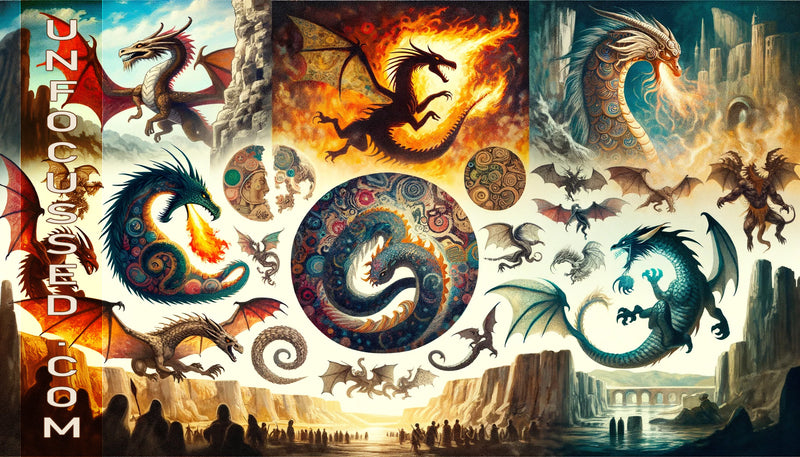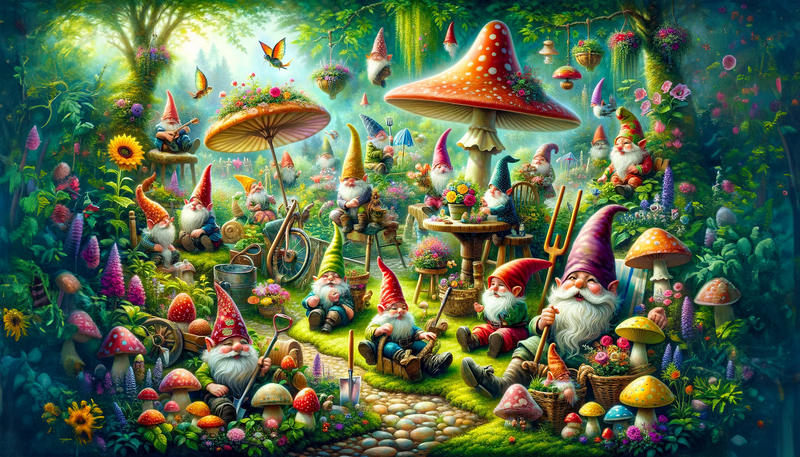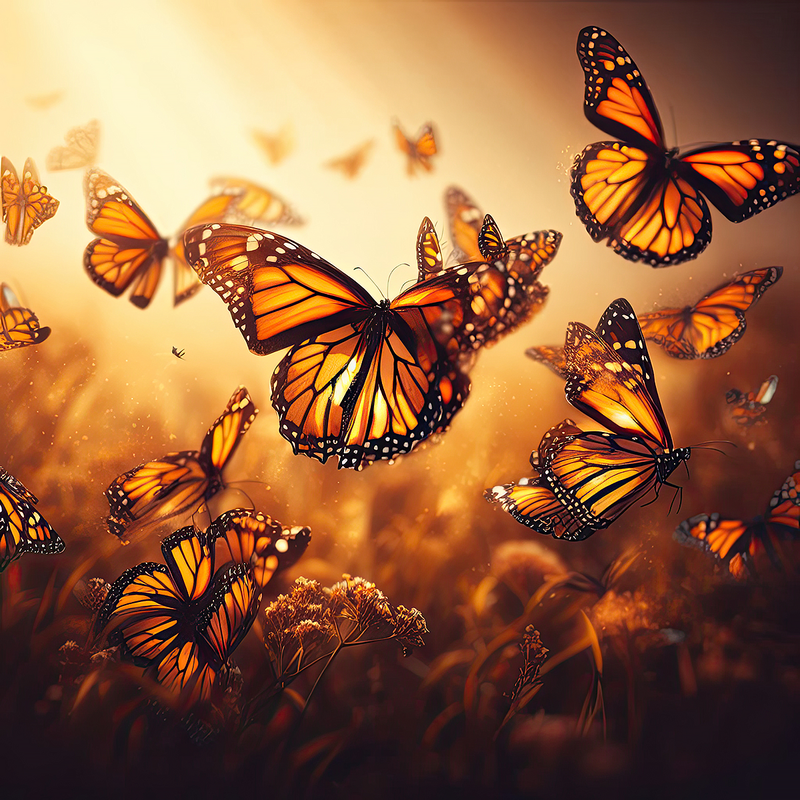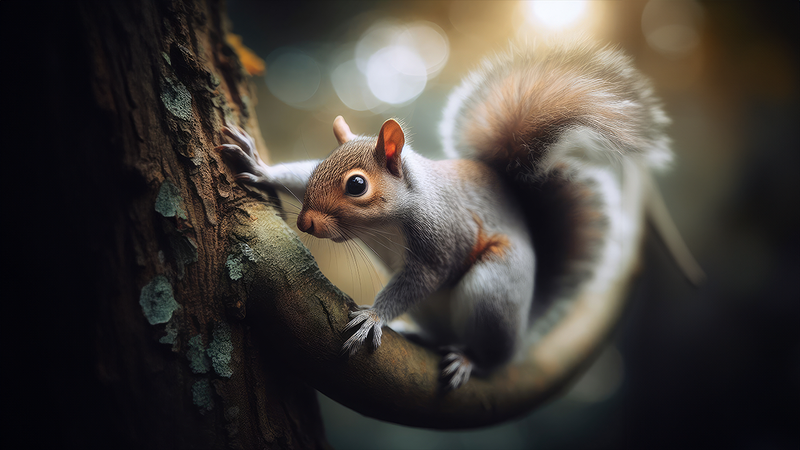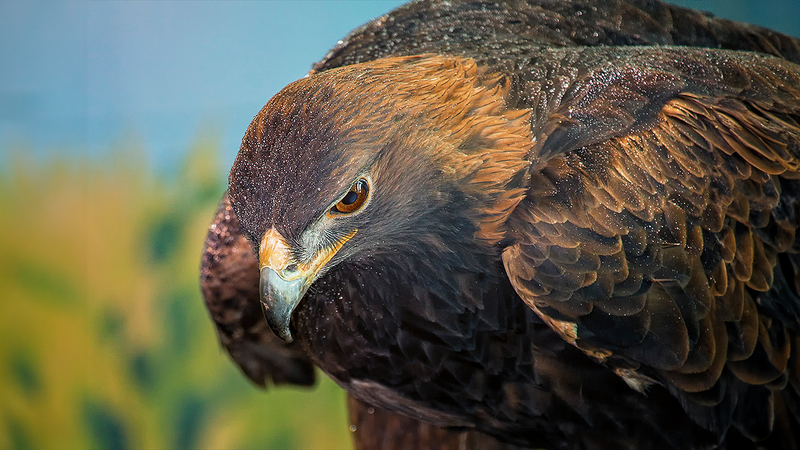Things You Didn't Know – by Bill Tiepelman
The Hidden World of Cross Stitching: Fascinating Facts Beyond the Fabric
Cross stitching, a form of sewing and counted-thread embroidery, has long been cherished for its simplicity and the creative freedom it offers. This intricate craft, often seen as a quaint hobby, holds a myriad of surprises and untold stories. In this comprehensive exploration, we'll uncover the hidden world of cross stitching, revealing aspects that transcend the common perception of this beloved activity. From its deep historical roots to its modern-day digital transformation, there's much to discover. And as we delve into this fascinating world, keep an eye out for special mentions of our unique patterns at Unfocussed, which not only cater to contemporary tastes but are also compatible with innovative apps like Pattern Keeper. So, whether you're a seasoned stitcher or just curious about this craft, join us on a journey through the intricate and often surprising world of cross stitching.
The Deep Roots of Cross Stitching
The history of cross stitching is as colorful and varied as the patterns it creates. While its exact origins are shrouded in history, evidence suggests that this form of embroidery could date back to ancient Egyptian times. Cross stitching has been a global language of textile art, with each culture weaving its own narrative into the fabric.
In medieval Europe, it was more than just a craft; it was a symbol of affluence and skill. Intricate designs adorned religious artifacts and the garments of the elite. As time progressed, this art form became a staple in household items, signifying domestic skill and creativity. The sampler, a piece of cloth embroidered with various stitches and designs, became a testament to a stitcher's expertise and creativity.
Fast forward to the 19th century, cross stitching experienced a resurgence during the Arts and Crafts Movement. This period emphasized handwork and craftsmanship as a pushback against industrialization, bringing cross stitch back into the spotlight as a form of artistic expression.
In different corners of the world, from the delicate patterns of Chinese silk embroidery to the bold, geometric designs of the Slavic nations, cross stitching tells a tale of cultural heritage and artistic evolution. Each stitch is a nod to a time when every thread wove a story, a tradition carried on by contemporary stitchers.
Cross Stitch in Modern Art and Fashion
Cross stitch has transcended its traditional boundaries, making surprising appearances in modern art and fashion. Today, artists and designers are embracing this humble craft to make bold statements and create stunning works of art.
In the art world, cross stitch is no longer just a homey craft; it's a medium for political and social commentary. Artists like Eva Petrič use cross stitch to create powerful, thought-provoking installations that challenge societal norms and express complex emotions. In fashion, designers are incorporating cross stitch into their collections, blending traditional techniques with contemporary styles. This melding of old and new has given rise to unique, eye-catching pieces that defy expectations.
The adaptability of cross stitch has also led to its use in unexpected applications, such as street art and public installations. Street artist Raquel Rodrigo brings a fresh perspective to urban landscapes by adorning building facades with large-scale cross-stitched floral patterns, a style she refers to as "Arquicostura." This blend of architecture and sewing transforms ordinary spaces into vibrant, textured canvases that capture the public's imagination.
Moreover, the integration of cross stitch in interior design is redefining home aesthetics. From chic, embroidered wall hangings to bespoke furniture upholstery, cross stitch adds a personal touch that resonates with contemporary tastes. It's a testament to the craft's versatility and enduring appeal.
Cross Stitching in the Digital Age
The digital revolution has not left cross stitching untouched. Technology has introduced new dimensions to this age-old craft, making it more accessible and versatile. A prime example is the app "Pattern Keeper," which has revolutionized how patterns are followed and executed.
Pattern Keeper allows stitchers to access and manage their cross-stitch patterns digitally. This innovative app offers features like tracking your progress, zooming in for detailed stitching, and easily finding thread colors. It's particularly helpful for complex patterns, making the stitching process smoother and more enjoyable.
At Unfocussed, our commitment to blending tradition with innovation is embodied in our patterns' compatibility with modern digital tools like Pattern Keeper. Our most popular pattern, "The Regal Acanthus Rooster", exemplifies this beautifully. This vibrant and detailed design not only captivates with its stunning visuals but also offers a seamless stitching experience through Pattern Keeper. The app's functionalities allow stitchers to dive into the complexities of the pattern with ease, ensuring every stitch contributes to bringing the majestic rooster to life with precision and grace.
The intersection of cross stitching with digital technology extends beyond apps. Websites, blogs, and social media platforms are bustling hubs where enthusiasts gather to showcase their projects, exchange tips, and offer support. This digital ecosystem enriches the cross stitching experience, making it more interactive and communal.
Trends and Innovations in Cross Stitching
Cross stitching is experiencing a renaissance, with new trends and innovations continually emerging. One of the most exciting developments is the fusion of traditional techniques with contemporary themes and materials, leading to creations that challenge the conventional boundaries of the craft.
3D cross stitching is one such innovation. This technique involves stitching designs that literally stand out, adding a new dimension to the art form. From miniature furniture to intricate flowers that seem to bloom from the fabric, 3D cross stitching opens up a world of possibilities.
Another trend is the use of unconventional materials. Stitchers are experimenting with everything from metallic and glow-in-the-dark threads to beads and crystals, adding texture and sparkle to their designs. This exploration of materials not only enhances the visual appeal of the finished piece but also invites creativity and personalization.
Sustainability is also becoming a focus in the cross stitching community. More stitchers are seeking eco-friendly options, from organic cotton fabrics to threads dyed with natural pigments. This shift reflects a broader trend towards environmentally conscious crafting, aligning the love for cross stitching with the values of sustainability.
A Closer Look at Unfocussed Patterns
Our collection at Unfocussed is a celebration of the diverse and evolving world of cross stitching. Each pattern is crafted with care, designed to inspire and challenge stitchers of all levels. "The Regal Acanthus Rooster," our most beloved pattern, is a testament to the intricate beauty and complexity that modern cross stitchers crave.
Inspired by the natural elegance of the acanthus and the vibrant life force of the rooster, this pattern is more than just a stitching project; it's an artistic journey. The depth of detail and color in "The Regal Acanthus Rooster" not only showcases the stitcher's skill but also becomes a centerpiece of any room.
We're also proud to offer patterns that cater to a wide range of interests and styles. From serene landscapes and detailed portraits to whimsical scenes and abstract designs, our collection reflects the vast possibilities of cross stitching. Each pattern is accompanied by thorough instructions and color guides, ensuring a rewarding stitching experience from start to finish.
By embracing both tradition and innovation, our patterns are designed to be timeless. Whether you're looking to celebrate nature, express your creativity, or simply enjoy the meditative process of stitching, you'll find a pattern that resonates with you at Unfocussed.
Cross Stitching as a Community Activity
The sense of community in cross stitching has never been stronger, thanks in part to digital platforms that connect stitchers worldwide. Online forums, social media groups, and virtual stitch-alongs create spaces for enthusiasts to share their passion, regardless of their geographical location. These communities offer a wealth of knowledge and support, from troubleshooting challenging patterns to celebrating each other's finished pieces.
Local stitching groups and workshops also play a crucial role in fostering this sense of community. They provide a physical space for stitchers to come together, exchange ideas, and learn new techniques. The act of stitching together, sharing stories, and enjoying the companionship of fellow crafters adds a rich social dimension to cross stitching, making it more than just a solitary pursuit.
The Environmental Impact and Sustainability in Cross Stitching
As awareness about environmental issues grows, the cross-stitching community is becoming more conscious of its impact on the planet. Stitchers are increasingly looking for ways to make their hobby more sustainable, from choosing materials wisely to minimizing waste.
Eco-friendly practices include using organic cotton or linen fabrics, opting for natural dyes, and recycling or repurposing leftover threads. Some stitchers even create "zero waste" projects, where every bit of material is used creatively to reduce environmental footprint. This shift towards sustainability reflects a broader trend in crafting, where the joy of creation is balanced with the responsibility towards nature.
Cross stitching is a craft that embodies the fusion of tradition and innovation. From its rich historical roots to its vibrant modern expressions, it offers a world of discovery and creativity. The therapeutic benefits, coupled with the craft's adaptability to digital tools like Pattern Keeper, make it a fulfilling pursuit for individuals of all ages and backgrounds.
At Unfocussed, we celebrate the diversity and evolution of cross stitching through our unique patterns, including the beloved The Regal Acanthus Rooster (which has even been transformed into a diamond art pattern). We invite you to explore the intricate beauty of cross stitching, whether you're drawn to its calming effect, the joy of community, or the satisfaction of creating something truly special.
As we continue to stitch our stories into the fabric, let's embrace the endless possibilities that cross stitching offers. Together, we can keep this timeless art form alive and thriving, weaving a tapestry of creativity and connection that spans the globe.
